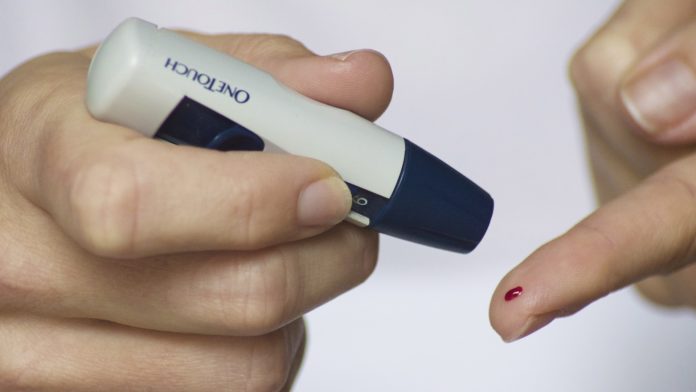A new study from American and Canadian researchers has linked elevated blood sugar levels in pregnant women to an increased long-term risk of diabetes for both mother and child.
Gestational diabetes (GD), also known as high blood sugar levels, is a known risk factor for negative pregnancy outcomes such as preterm birth, large birth weight and birth defects, and, for the mothers, a risk of miscarriage and potentially fatal hypertension during childbirth.
Several competing criteria sets are used to diagnose GD. Traditionally used sets in North America include the Carpenter-Coustan and NDDG sets, but there are myriad more globally. Controversies and disagreement over what guidelines are best exist everywhere, from the international stage all the way down to individual hospitals.
Current diagnostic criteria may be too lenient
This study is a follow up to the HAPO study, which examined 23,000 pairs of mothers and children and found a strong link between a mother’s blood sugar and the newborn’s body fat and birth weight – even when shy of contemporary GD criteria.
This led to the recommendation in 2010 of a new, stricter diagnostic set (the IADPSG criteria) for gestational diabetes by an international panel of experts, in the hope of creating a more accurate and standardized form of assessment.
The IADPSG set was accepted by major international health organizations such as the WHO, and has become the most popular guideline according to a 2018 report.
A 2013 retrospective analysis of global diagnosed GD prevalence using the IADPSG criteria saw net increases across many countries. Some countries saw jumps of up to 33% in comparison to traditional measures, as in the case of the United Arab Emirates.
Similarly, a 2012 retrospective study of the HAPO group reported that GD prevalence shot up to 17.8% under the IADPSG criteria.
Given the jump in GD rates under such retrospective analyses, researchers had reason to investigate the long-term risks of GD under the IADPSG criteria. Enter the HAPO Follow-Up Study (HAPO-FUS), the goal of which was to find a conclusive answer on whether the old criteria was too lenient.
Even modest increase in blood sugar creates risks
As part of HAPO-FUS, researchers evaluated some 4,697 mothers and 4,832 children 10 to 14 years after their birth from seven regions – Canada, the US, Hong Kong, Thailand, Barbados, Israel, and the UK.
Mothers with gestational diabetes under the IADPSG criteria were found to be more likely to develop type 2 diabetes. Further, their children were found to have almost double the risk of becoming obese – independent of the mother’s BMI – even over a decade following pregnancy. Obesity is a well-established risk for type 2 diabetes.
Indeed, around 11% of these women were found to have type 2 diabetes and 42% had pre-diabetes. By comparison, only 2% of women with normal blood sugar levels during pregnancy went on to be diagnosed with type 2 diabetes and 18% developed pre-diabetes.
The bottom line from this research is the higher the blood sugar during pregnancy, the higher the long-term risk.
“The results are important because they demonstrate that even women with mild hyperglycaemia (raised blood sugar levels) during pregnancy and their offspring are at risk of harmful maternal and child health outcomes,” says co-author Wendy Brickman.
“Research is needed to identify interventions that will improve the health outcomes of these women and children.”








































